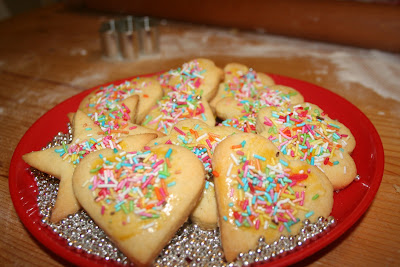Piaggio Museum is a strikingly beautiful and intristing place that tells a great story, the story of the Italian two-wheeler become more popular in the world. Opened on 29 March 2000, it occupies the three thousand square meters of the former assembly line, one of the oldest warehouses of the Pontedera factory.Inside you can see the results of the projects by Giovanni Casiraghi, Louis Pegna, Corradino D'Ascanio, as well as written documents and photographs.The Museum houses the collections Piaggio, Vespa and Gilera, unique, original, fascinating, sometimes curious, who have made the history of Italian and international transport: from the most beautiful or rare Vespa, that inspired the great artists, such as Salvador Dali, to those used to break records for speed and regularity of the fifties, the extraordinary train stainless steel, an expression of technology achieved by Piaggio in the thirties before the invention of the Vespa.In addition to the Vespa and Piaggio products, the Museum displays the most beautiful and prestigious motorcycles: the Gilera.

How to reach the museum: Museo Piaggio "Giovanni Alberto Agnelli" avenue Rinaldo Piaggio 7-56025 Pontedera (PI), near the station.By car: Take the A1 motorway and exit at Firenze - Scandicci. Then you follow the signs to Pisa - Livorno superstrada and continue till exit Pontedera.By train: from Florence's Santa Maria Novella station, take the train to Pisa and exit at Pontedera - Casciana (the trip takes about an hour).
Opening hoursThe Museum is open from Tuesday to Saturday (On Saturdays the museum is closed from 1:00 p.m to 2:00 p.m)10:00 a.m - 6:00 p.mSpecial opening every second Sunday of the month.Mondays the museum is open only by appointmentFree admission.Guided tours on request (reservation museo@museopiaggio.it)
The Museum will be closed on the following days: January 1 and 6, Easter Sunday and Monday, August 15, October 11 (San Faustino), December 8, December 25 and 26
Il Museo Piaggio è un luogo suggestivo ed interessante che racconta una grande storia, la storia del mezzo a due ruote italiano divenuto più famoso del mondo. Inaugurato il 29 marzo del 2000, occupa i tremila metri quadri dell'ex catena di montaggio, uno dei capannoni più antichi dello stabilimento di Pontedera.
 All'interno sono visibili i risultati dei progetti di Giovanni Casiraghi, Luigi Pegna, Corradino D'Ascanio, oltre a documenti scritti e fotografie dell'epoca.
All'interno sono visibili i risultati dei progetti di Giovanni Casiraghi, Luigi Pegna, Corradino D'Ascanio, oltre a documenti scritti e fotografie dell'epoca.Il Museo ospita le collezioni Piaggio, Vespa e Gilera, pezzi unici, originali, affascinanti, a volte curiosi, che hanno fatto la storia dei trasporti italiana e mondiale: dalle Vespa più belle o rare che hanno ispirato i grandi artisti, come Salvador Dalì, a quelle usate per battere i record di velocità e regolarità degli anni cinquanta, allo straordinario treno in acciaio inossidabile, espressione della tecnologia raggiunta da Piaggio negli anni Trenta prima dell'invenzione della Vespa.
Oltre alla Vespa e agli altri prodotti Piaggio, al Museo sono esposte le più belle e prestigiose motociclette: la Gilera.
Come raggiungere il museo: Museo Piaggio "Giovanni Alberto Agnelli" viale Rinaldo Piaggio 7 - 56025 Pontedera (PI), vicino alla stazione.
In auto: prendere l'autostrada A1 ed uscire a Firenze - Scandicci. Dopo seguire le indicazioni per Pisa - Livorno, continuare in superstrada ed uscire a Pontedera.
In treno: da Firenze Santa Maria Novella prendere il treno per Pisa e scendere alla stazione Pontedera - Casciana Terme (il tragitto dura circa un'ora).
Orari
Il Museo è aperto dal martedì al sabatoore 10.00 - 18.00
Apertura straordinaria ogni seconda domenica del mese.
Il Lunedì il Museo è visitabile solo su prenotazione
Ingresso gratuito.
n.b. Tutti i sabati il museo resta chiuso dalle 13.00 alle 14.00
Visite guidate a richiesta su prenotazione (museo@museopiaggio.it)
Il Museo resterà chiuso nei giorni:
1 e 6 gennaio, Pasqua e Pasquetta, 15 agosto, 11 ottobre (San Faustino), 8 dicembre, 25 e 26 dicembre














